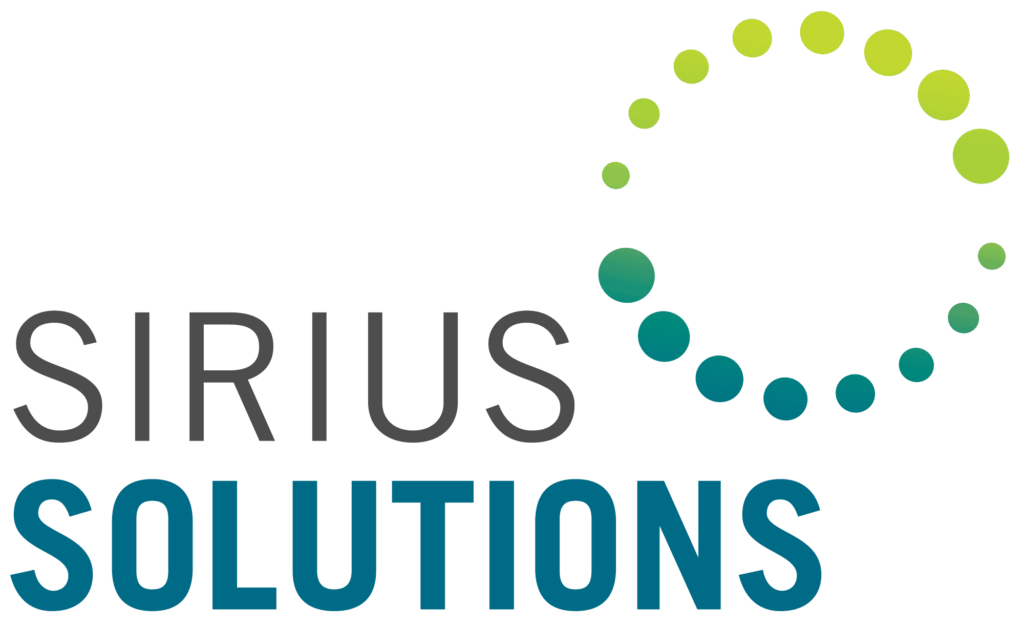TRANSFORMING LEARNING & DEVELOPMENT
Every year, companies across the US spend an average of $70 billion on learning and development alone. This focus on L&D first came to fruition near the end of the great recession, and now studies suggest development and retention as the new mantra of the C suite. And yet, despite the monetary focus, L&D is still the first area cut during a corporate downturn, even today.
Why such a discrepancy? It is because learning and development does not work effectively for the vast majority of learners within today’s corporations. While many know its value on paper, it isn’t transferring to the type of behavioral changes that corporations want to see from their team members.
However, it doesn’t mean that all of this L&D funding is wasted. There is room for L&D to provide real value. As new generations of workers start to infiltrate today’s organizations—companies need to be able to reach their employees and allow their L&D initiatives to work how they’re supposed to.
It means we must start adapting the millennial mindset when it comes to learning and development.
LEARNING AND DEVELOPMENT: THE MILLENNIAL EDITION

Millennials constitute 33 percent of today’s workforce. By the year 2025, they are going to make up 75 percent of our workforce.
It is no secret that this generation is technologically savvy, but they are also more interested in their own development, and looking to have more control over their career path than generations before. Millennials look at the world differently and today’s companies need to conform to that worldview in order to really harness the skills of this generation.
Simply put, today’s organizations need new approaches to leverage the technological prowess and developmental focus of this the Millennial generation. And if L&D is going to be a relevant and potentially strategic component of organizational goals and objectives—the journey towards this new approach needs to begin now.
L&D 101: BUILDING A NEW APPROACH USING THE BASICS

Before you can rework the entire approach to learning and development, it is important for every organization to really understand the purpose of learning and development—so they can mold these ideas into a more millennial-friendly format.
It is something that has been lost in recent years, which is why L&D is often cut so quickly from today’s major corporations.
Let’s start with learning.
Learning is different than training. Training is all about giving information through a certain form of demonstration, while learning is the actual process of absorbing that information.
Training tends to be episodic, one-size-fits-all, and linear with very little control for the learner However, in order for the learning to really absorb information, they need to have some control. They should be able to seek out information when and how they need it – like the average person does outside the office. When you are looking for information, you Google a topic, or head to YouTube, and you know the answer is out there.
While learning is very individually centered, development is more aligned with the needs and objectives of the organization. Employees need to be developed—but in order for the company to really see a behavioral change with their employees, it needs to be presented in a way that the employee enjoys.
If the employee dreads development, it isn’t going to stick.
Many developmental programs end with no real game plan on how to sustain and grow the knowledge gained over time, which is why they are falling short.
In short, many L&D programs aren’t working, not because of the messages they are delivering, but the way these messages are being delivered. Learning and Development needs to work for the employees and with more millennials than ever entering the workforce, which means it needs to work for millennials.
Alan Brush, Human Capital Practice Lead – Sirius Solutions, L.L.L.P.
If you would like further information regarding Learning & Development, please complete the form below.
Error: Contact form not found.
